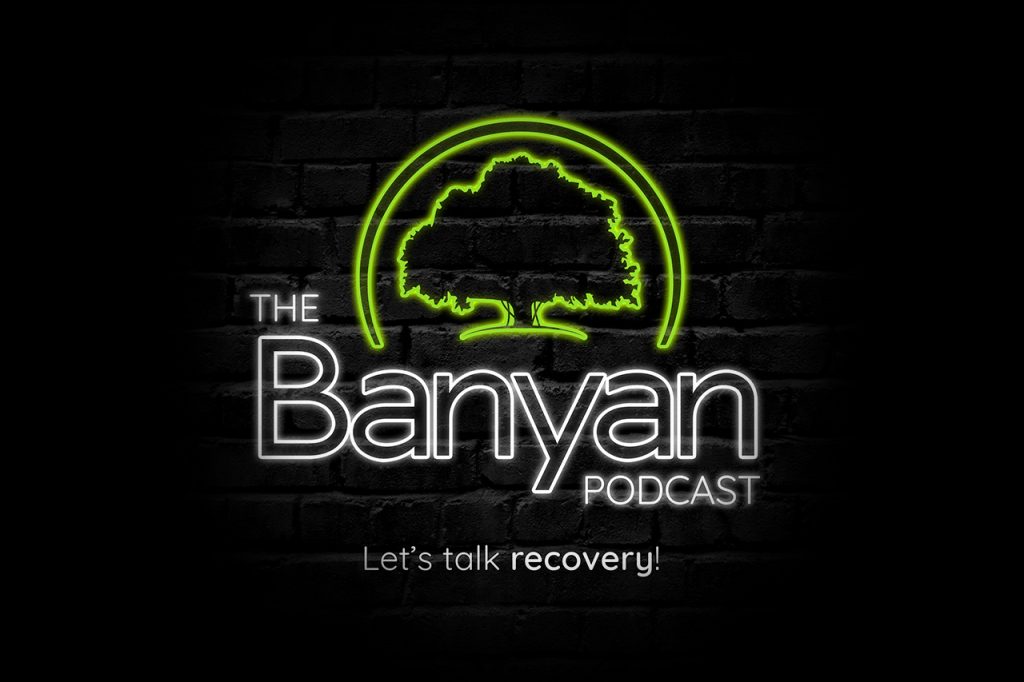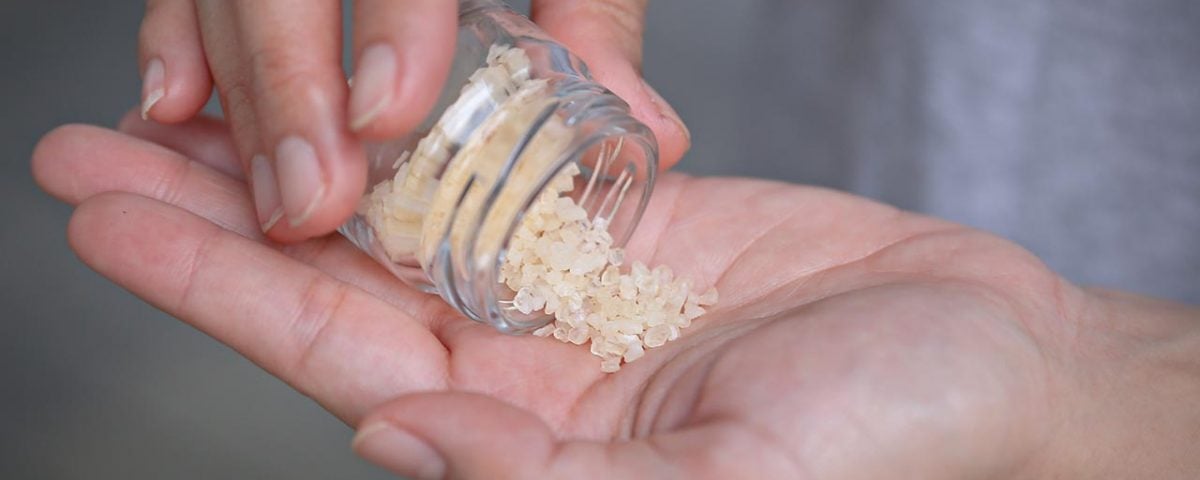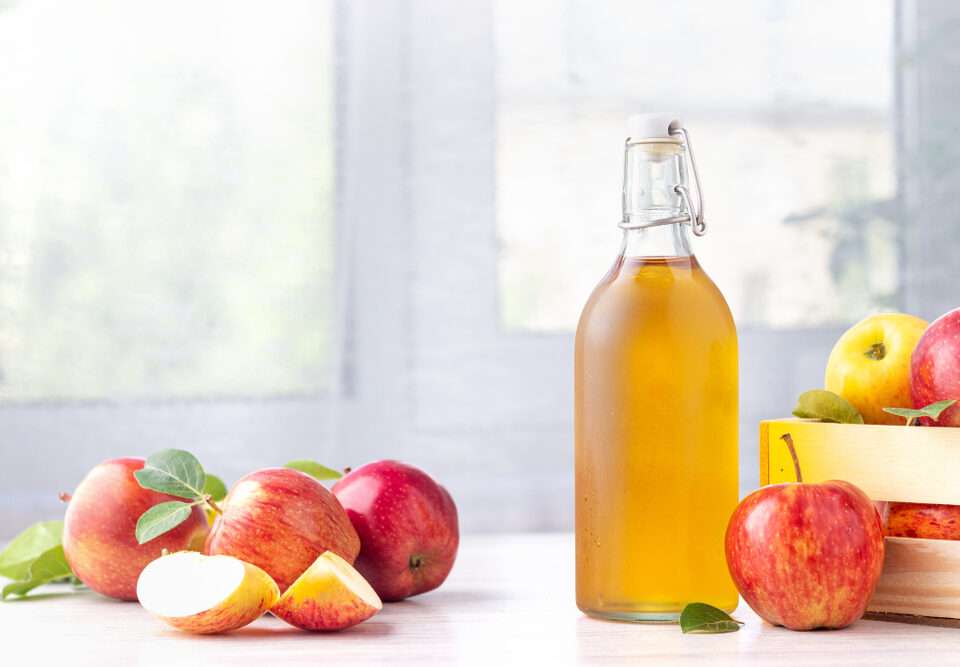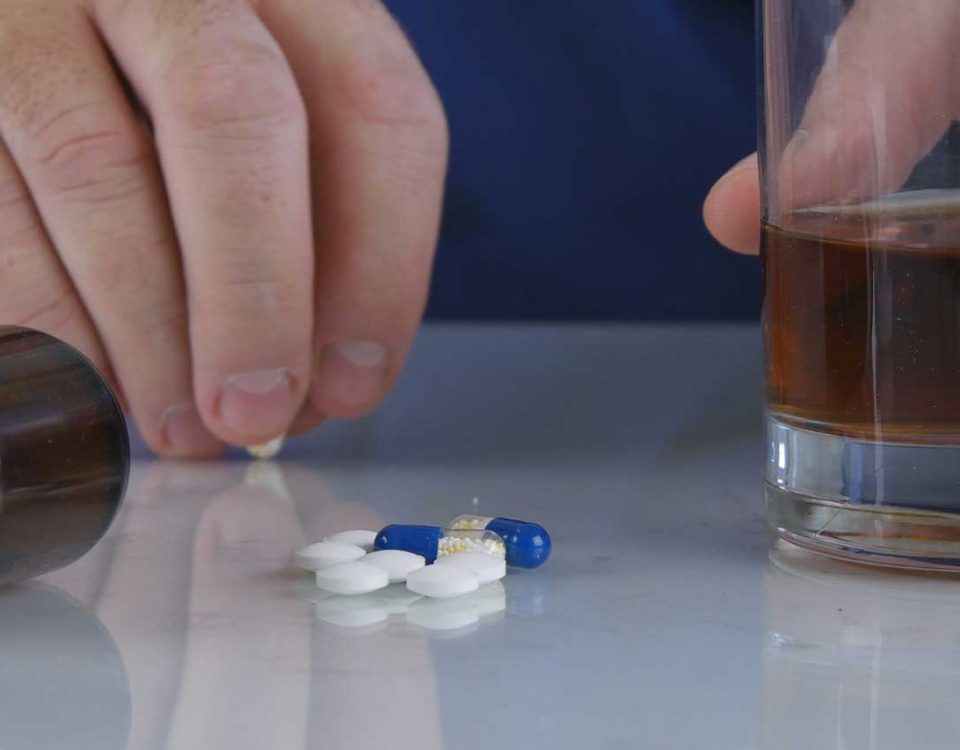Bath salts are drugs that are composed of unknown chemicals.
They can have destructive effects on a person’s health and are known for their unpredictable symptoms. The history of bath salts is a bit blurry, and their ingredients are never clear.
What Are Bath Salts?
Bath salts are not the same as Epsom or other bath salts that people use when they bathe. Synthetic cathinones, also known as bath salts, are a man-made stimulant that’s meant to mimic the effects of cathinone, a substance that derives from the khat plant. This plant is grown in East Africa and Arabia.1 In the early periods of the history of bath salts, leaves from these khat plants were chewed on for their stimulating effects. However, bath salts are more dangerous than cathinone and severely addictive.
Bath salts are harmful chemicals that are often average items. They’re usually a white or brown powder that’s sold in small packages. They are often used to replace other drugs like MDMA, otherwise known as molly or ecstasy, or cocaine. Sometimes the effects of bath salts can be even stronger than those of molly or cocaine. These substances are just as addictive as ecstasy and cocaine. Those who develop an addiction to bath salts should start their recovery in a medically monitored detox program.
Although there is never a way to know what the exact ingredients of bath salts are, there are several substances that qualify as bath salts. Throughout the history of the drug bath salts, its ingredients have been commonly questioned. Some of these have been pinpointed, but it’s usually a mystery.
Some of the possible ingredients include:2
- Alpha-pyrrolidinopentiophenone
- Mephedrone
- Methylone
- Methylenedioxypyrovalerone
Bath Salts Drug History
Bath salts were first created in France around 1929. It was originally researched to find a medical use for it, but most of its original formulas were harmful and caused severe side effects, including addiction. The history of bath salt abuse began between the 1930s and 40s in the former Soviet Union. During that time, people attempted to use this drug as a way to treat depression. They eventually gained popularity around the world, and the rate of its use in the U.S. skyrocketed in the 1990s.3
Now, these substances are usually sold on the internet and over the counter in convenience stores, tobacco shops, truck stops, tattoo parlors, and on the streets. Dealers usually sell it under different labels like “jewelry cleaner” or “plant food” to avoid legal problems. Bath salts are usually created with substances that can be found at any grocery store. It’s also been speculated that the use of bath salts can cause cannibalistic behavior.
Some of its effects include:
- Agitation
- Paranoia
- Hallucinations
- Chest pain
- Increased pulse
- Rise in blood pressure
- Suicidal thinking and behavior
Substance abuse can lead to addiction and life-threatening health complications. At Banyan treatment centers, we provide individuals suffering from the horrible effects of bath salt and any other substance abuse get the help they need. In our intensive inpatient program or with our residential treatment, addicts can learn more about the source of their addiction and the best way to overcome it.
Sources:




















